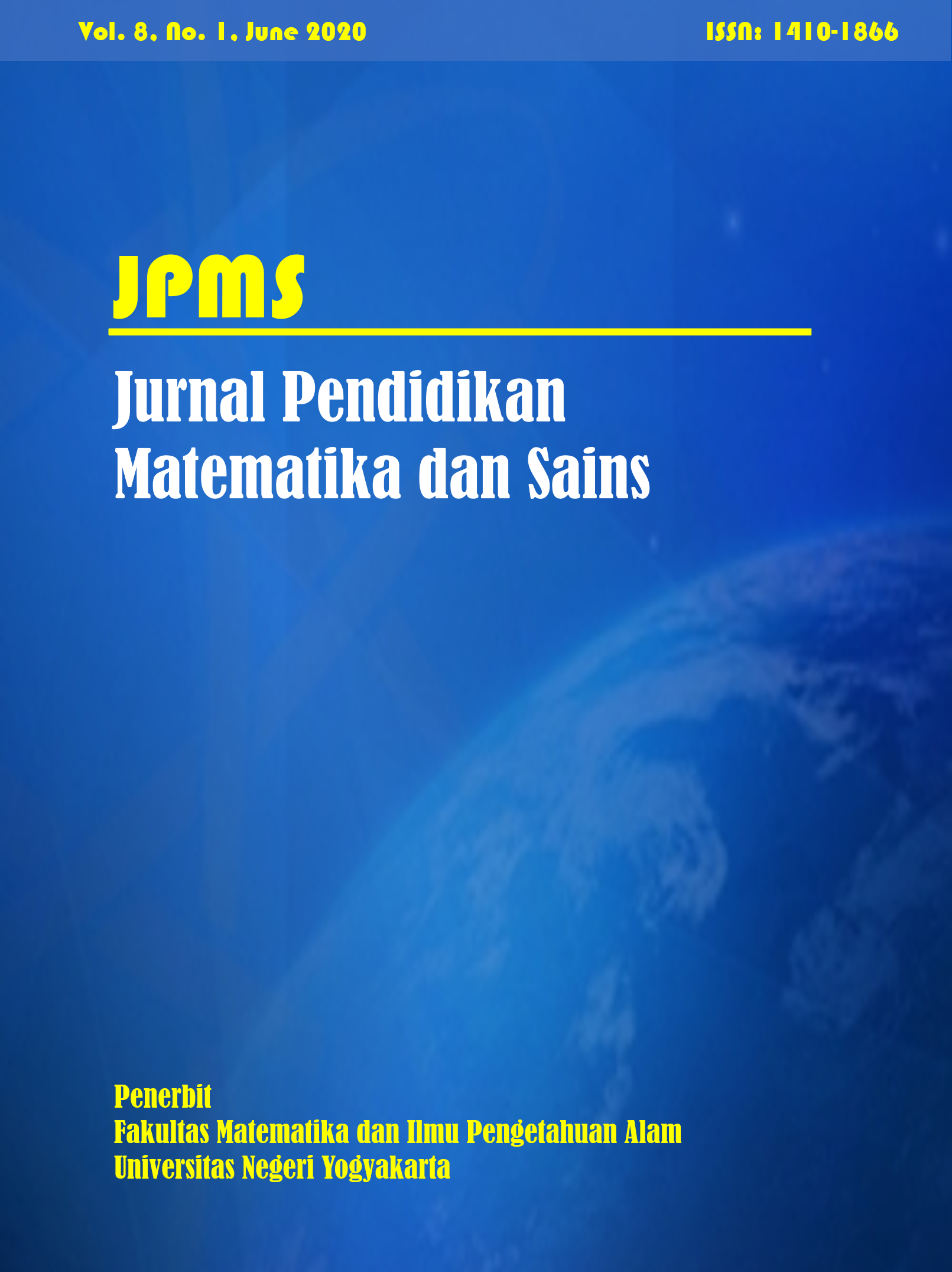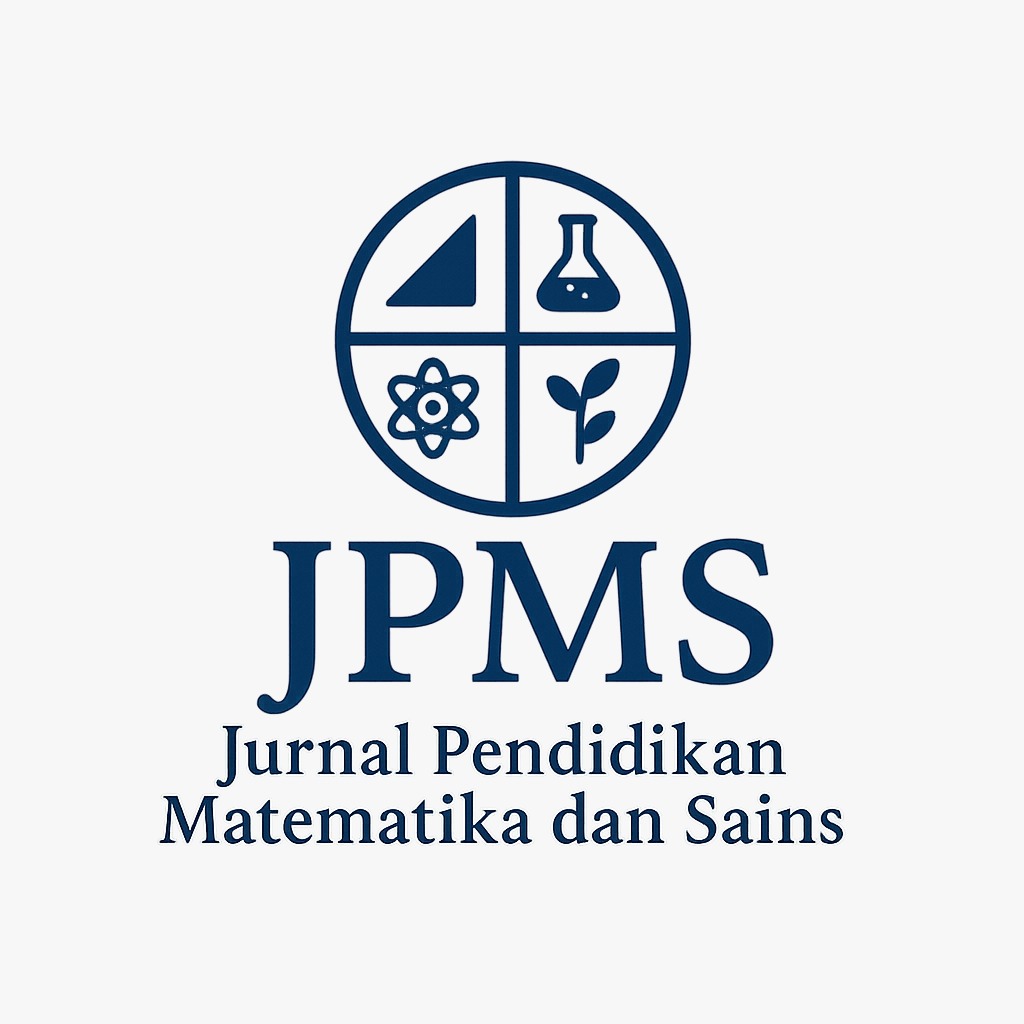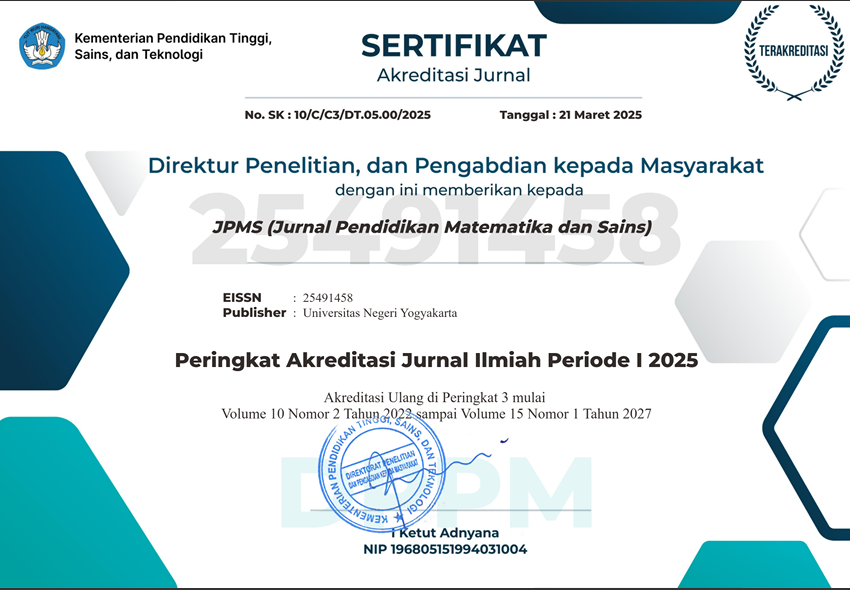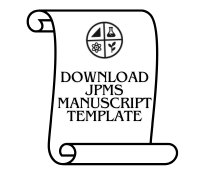Berpikir Kreatif dalam Pengajuan Masalah Matematis
DOI:
https://doi.org/10.21831/jpms.v8i1.19637Keywords:
pengajuan masalah matematis, berpikir kreatifAbstract
Kemampuan pengajuan masalah matematis merupakan aspek penting yang harus diperhatikan dalam pembelajaran matematika. Tujuan penelitian ini adalah menyelidiki dan mendeskripsikan kemampuan pengajuan masalah matematis siswa terkait berpikir kreatif. Penelitian ini merupakan penelitian kualitatif-deskriptif. Penelitian ini dilaksanakan di kelas VIII SMP Muallimin Blitar-Malang. Subjek penelitian terdiri dari 28 orang siswa. Dari hasil tes ditemukan bahwa siswa yang mampu mengajukan masalah matematis dilihat dari apakah pengajuan masalah matematis tersebut memenuhi kriteria dalam indikator berpikir kreatif yang meliputi kelancaran, keluwesan, keaslian dan elaborasi. Dan hasil penelitian menunjukkan bahwa peserta penelitian dalam pengajuan masalah matematisnya tidak sampai sebagian memenuhi kriteria atau tuntutan dalam indikator berpikir kreatif, pola berpikir kreatif mereka masih rendah yang ditunjukkan dari pengajuan masalah yang diajukan.
References
Arıkan, E. E., & íœnal, H. (2015). An Investigation of eighth grade students' problem posing skills (Turkey sample). International Journal of Research in Education and Science, 1(1), 23-30.
Ayllón, M. F., Gómez, I. A., & Ballesta-Claver, J. (2016). Mathematical thinking and creativity through mathematical problem posing and solving. Journal of Educational Psychology-Propósitos y Representaciones, 4(1), 195-218.
Ferrini-Mundy, J. (2001). Introduction: Perspectives on principles and standards for school mathematics. School Science and Mathematics, 101(6), 277-279.
Hendriana, H., Rohaeti, E. E., & Sumarmo, U. (2017). Hard skills dan soft skills matematik siswa. Refika Aditama.
Lee, Y., Capraro, R. M., & Capraro, M. M. (2018). Mathematics teachers' subject matter knowledge and pedagogical content knowledge in problem posing. International Electronic Journal of Mathematics Education, 13(2), 75-90.
Oikawa, S. (2019). Increasing creative and innovative thinking ability through the strengthening of character education in probability theory course. Journal of Education, Teaching and Learning, 4(1), 163-168.
Onwuegbuzie, A. J., & Weinbaum, R. K. (2016). Mapping Miles and Huberman's within-case and cross-case analysis methods onto the literature review process. Journal of Educational Issues, 2(1), 265-171.
Rosli, R., Capraro, M. M., & Capraro, R. M. (2014). The effects of problem posing on student mathematical learning: A meta-analysis. International Education Studies, 7(13), 227-241.
Silver, E. A. (1997). Fostering creativity through instruction rich in mathematical problem solving and problem posing. Zdm, 29(3), 75-80.
Simonsohn, U., Nelson, L. D., & Simmons, J. P. (2014). P-curve: a key to the file-drawer. Journal of Experimental Psychology: General, 143(2), 534.
Siswono, T. Y. E. (2016). Proses berpikir kreatif siswa dalam memecahkan dan mengajukan masalah matematika. Jurnal Ilmu Pendidikan, 15(1), 9-17.
Tichá, M., & HoÅ¡pesová, A. (2013). Developing teachers' subject didactic competence through problem posing. Educational Studies in Mathematics, 83(1), 133-143.
Walkington, C., & Bernacki, M. (2015). Students authoring personalized "algebra stories": Problem-posing in the context of out-of-school interests. The Journal of Mathematical Behavior, 40(1), 171-191.
Downloads
Published
How to Cite
Issue
Section
Citation Check
License
Jurnal Pendidikan Matematika dan Sains allows readers to read, download, copy, distribute, print, search, or link to its articles' full texts and allows readers to use them for any other lawful purpose. The journal allows the author(s) to hold the copyright without restrictions. Finally, the journal allows the author(s) to retain publishing rights without restrictions
- Authors are allowed to archive their submitted article in an open access repository
- Authors are allowed to archive the final published article in an open access repository with an acknowledgment of its initial publication in this journal

This work is licensed under a Creative Commons Attribution-ShareAlike 4.0 Generic License.





